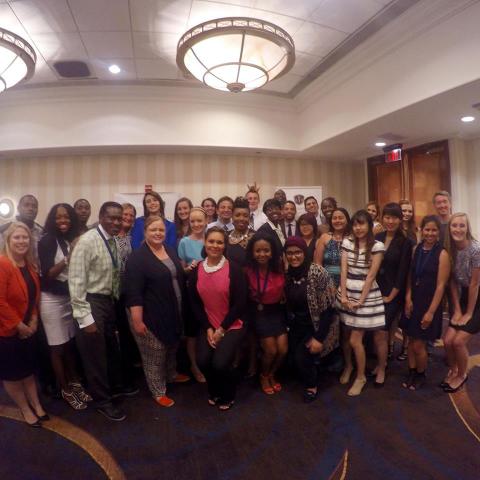Navigating the Hybrid Work Revolution
Feb 19,2024
The traditional office landscape is undergoing a profound transformation as organizations embrace hybrid work models that combine remote and in-person work arrangements. This shift has significant implications for the next generation of workers, who are entering a workforce defined by flexibility, collaboration, and digital connectivity. In this article, we explore the impact of hybrid office structures on the next generation of workers and how they are reshaping the future of work.
-
Flexibility and Work-Life Balance: Hybrid office structures offer greater flexibility, allowing workers to balance professional responsibilities with personal commitments more effectively. For the next generation of workers, this flexibility is highly valued, as it enables them to tailor their work schedules to accommodate diverse lifestyles, hobbies, and family obligations. By embracing hybrid work arrangements, organizations empower employees to achieve better work-life balance and overall well-being.
-
Remote Collaboration and Digital Connectivity: Hybrid office structures rely heavily on technology to facilitate remote collaboration and digital connectivity. For the next generation of workers, who are digital natives accustomed to seamless communication and virtual collaboration tools, this shift is natural. Virtual meetings, project management platforms, and instant messaging apps enable remote workers to collaborate effectively regardless of physical location, fostering teamwork and productivity.
-
Adaptability and Skill Development: Hybrid work environments demand adaptability and resilience from workers, as they navigate changing work dynamics and digital workflows. For the next generation of workers, this presents an opportunity to develop essential skills such as remote communication, self-discipline, and digital literacy. By embracing new technologies and workflows, young professionals can enhance their skill sets and remain competitive in an increasingly digital and remote-centric workplace.
-
Redefining Office Culture and Engagement: Hybrid office structures challenge traditional notions of office culture and employee engagement, as workers balance remote and in-person interactions. For the next generation of workers, building strong relationships and a sense of belonging may require creative approaches, such as virtual team-building activities, online social events, and hybrid workspaces that accommodate both remote and in-office employees. By fostering a culture of inclusivity and collaboration, organizations can maintain high levels of employee engagement and morale.
-
Impact on Career Advancement and Opportunities: Hybrid work models have implications for career advancement and professional development opportunities. For the next generation of workers, demonstrating adaptability, remote collaboration skills, and digital proficiency will be essential for career growth in a hybrid work environment. Additionally, hybrid structures may open up new opportunities for remote work, freelancing, and global collaboration, expanding the horizons for young professionals seeking diverse career paths.
Hybrid office structures are reshaping the future of work and presenting new opportunities and challenges for the next generation of workers. By embracing flexibility, digital connectivity, adaptability, and reimagined office culture, young professionals can thrive in a hybrid work environment and contribute to organizational success. As organizations continue to evolve their workplace strategies, it is essential for the next generation of workers to adapt, innovate, and leverage hybrid work models to achieve their career aspirations in a dynamic and interconnected world.





